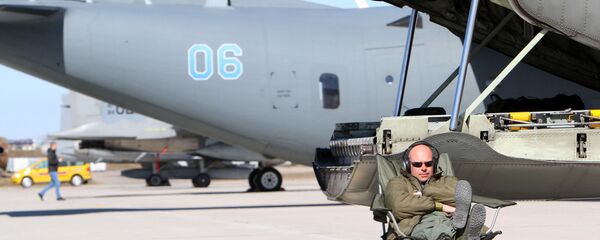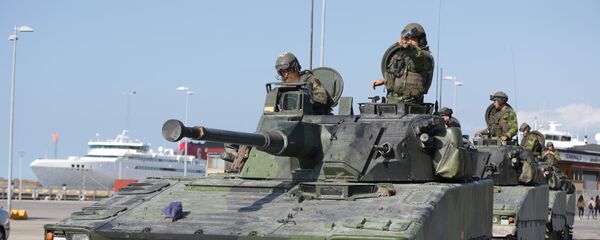In 2017, all of Gotland's 350 shelters should be thoroughly checked, MSB head Mats Berglund told Swedish Radio. Since the moment they were built, the shelters have been only subjected to random spot-checks, but are slated for a comprehensive inspection of unmatched scope in the light of the "special situation" in the Baltic and the ongoing rearmament. Gotland's shelters have room for 35,000 people, and most of them are situated in the capital city Visby, as well as Slite and Fårösund, while the island has a total population of roughly 60,000.
In total, there are over 65,000 shelters with room for about 7 million people in Sweden, a nation of 10 million. According to MSB, they are intended to provide protection against all weapons that might be used, such as shock waves, shrapnel, gas, biological weapons, fire and ionizing radiation.
During the Cold War, the Swedish government spent up to 80 billion SEK ($9bln) to build a comprehensive system of shelters throughout the country. When the Soviet Union broke up and the Warsaw Pact was ultimately dissolved in 1991, there was shelter space available for 80 percent of Sweden's population of that time. Since then, however, few new shelters have been built, whereas many have fallen into disuse. Another factor worth considering is that Sweden's population has risen by over a million during the past two decades.
Security officials in Swedish municipalities voiced their discontent with the impending changes and admitted being hopelessly behind in preparations for lack of funds. Additionally, there was admittedly no clear-cut plan for how municipalities should provide protective masks, vaccines or fuel in the event of a crisis.
Never miss a story again — sign up to our Telegram channel and we'll keep you up to speed!





